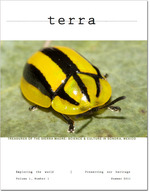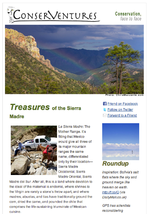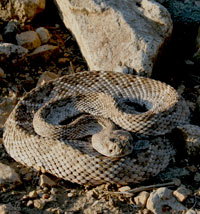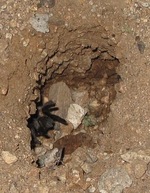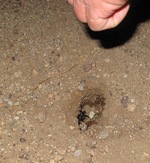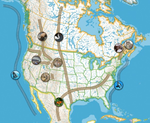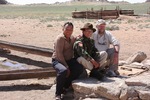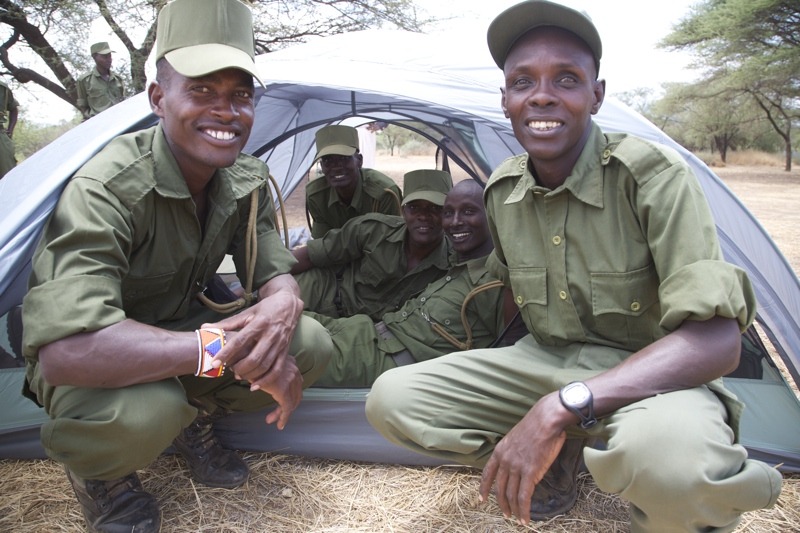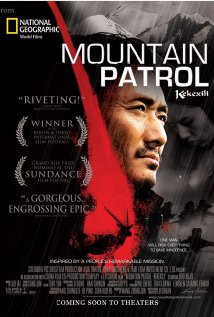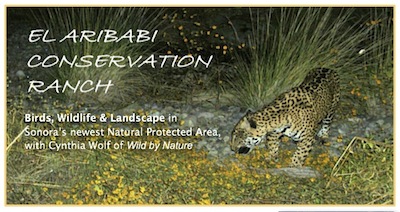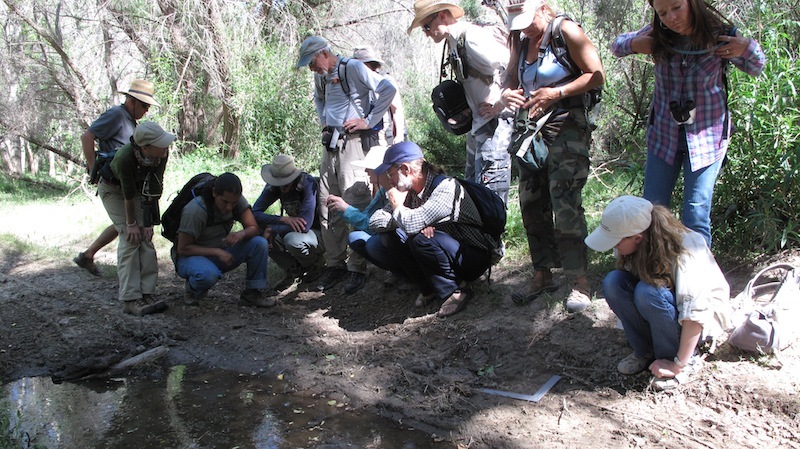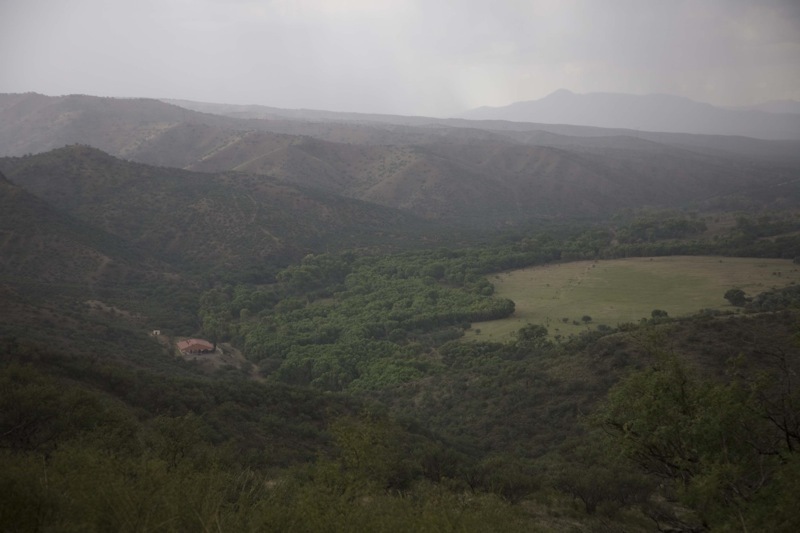 Seven species of moth unknown to science. New range extensions—by 100 miles—for two species of amphibian. Nine reptile records in the first herpetology survey of the Bacadéhuachi Mountains. The interim official report on the MABA expedition to El Rincón de Guadalupe (available as a PDF download) confirmed our initial high expectations for this beautiful and biologically unexplored region (to read the story of the first expedition, click here: Treasures of the Sierra Madre )
Seven species of moth unknown to science. New range extensions—by 100 miles—for two species of amphibian. Nine reptile records in the first herpetology survey of the Bacadéhuachi Mountains. The interim official report on the MABA expedition to El Rincón de Guadalupe (available as a PDF download) confirmed our initial high expectations for this beautiful and biologically unexplored region (to read the story of the first expedition, click here: Treasures of the Sierra Madre )
Despite our brief time there, it was clear that the area holds all the potential as an important biological sanctuary that the organizers of the trip expected. That potential prompted Tom van Devender, the director of the MABA program, to break with the usual MABA protocol and organize a return trip to the same spot. We jumped at the chance to be included, since we wanted to donate and install a couple of long-term motion-triggered trail cameras to expand our records of the large mammals in the area.

